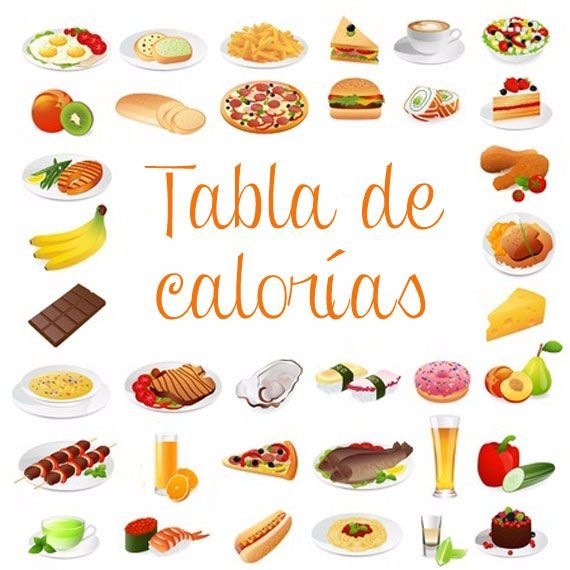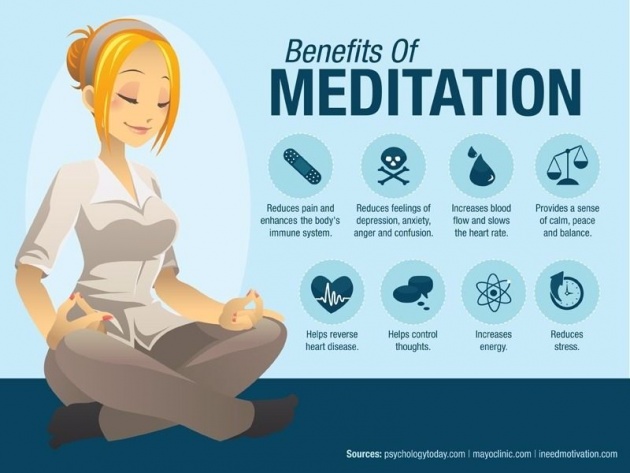Hello dear friends! How are you all doing? Hope all is good with you all!
I know I wrote a blog about living in a healthy way, but I still came across some good points on this subject and so I decided to explore it a little bit more. Here I gather some information about how you can stay healthy and also active during your life. It doesn't matter if you are a teenager, adult of an old person, you can always follow some good advice on how to maintain your health and also stay active during your life.
There are three ways or methods you can do it: I) staying in shape through physical exercises; II) maintaining a healthy diet, and III) changing the routine.
Introduction
It is important to stay healthy and active throughout life, especially as you get older. Being fit can add a few years to life expectancy and will noticeably improve the overall well-being. There are so many food diet gurus and exercise plans that make it seem like this is impossible, but staying in shape is really something very simple should you focus on basic things. As a general rule, a common behavior takes about two months to become a habit. Try to make some changes that you believe you can manage, and then continue with it for about two months until it becomes something natural in your routine.
Very interesting, simple and cute video about how to have a healthy life.
Part I: Staying in Shape Through Physical Exercises
1. Use the benefits of physical exercises as a source of motivation
When you have a busy week or just do not feel like doing some physical activity, focusing on the reasons you've made that decision can help. Physical exercise not only controls weight but also helps fight disease, strengthens the immune system and gives more energy. In addition, it improves mood and helps you sleep better.
2. Choose an activity that pleases you
Many people find going to the gym a few times a week a convenient way to exercise, but there are many other ways to stay healthy and active. Running, walking and swimming are great ways to keep fit. Consider doing something you like: dancing, surfing, skateboarding, etc.
3. Spend time on all four types of exercises
Pay attention to all elements of complete physical conditioning, including endurance, strength, balance, and flexibility. Try to gradually reach at least 30 minutes of activities that leave you with difficulty in breathing. The goal is to perform 150 minutes of physical exercises of moderate intensity per week, or 30 minutes five times a week. Lift weight to improve the muscle tone. Keeping toned muscles will ease your daily tasks and help you avoid problems in the future, such as breaking your hip after a fall. Improving balance also helps prevent dangerous falls, as well as allowing you to stay active and mobile throughout life. An easy exercise is to walk straight by placing the heel of one foot directly in front of the toe of the other foot as if you were crossing a river in a narrow beam. Regular stretching exercises improve overall flexibility, making it easier to lean to tie your shoes or reach for something on a high shelf. Stretch the muscles carefully to avoid bruising.
 Photo credit: Revista Wave
Photo credit: Revista Wave
4. Ask a friend for help
Having an "exercise partner" will help both to be motivated, and to make the workouts more enjoyable. For fun activities on a weekend, gather some friends to play basketball, soccer, volleyball or tennis.
5. Set realistic goals
Setting personal goals will help you stay motivated, and achieving them will work miracles with your self-confidence and sense of accomplishment. However, divide your overall goals into smaller, manageable steps so you do not get discouraged.
6. Work together with the body's natural clock
You do not have to train early if you are not a morning person. If you feel more active during the afternoon, schedule your workouts for that time.
7. Consult a professional
If you are unsure where to start, seek help of a professional trainer. Some gyms offer free advice with a coach as part of the monthly fee. If you do not frequent a gym, seek a personal trainer to work with you. A coach will evaluate your strengths and weaknesses, and suggest a plan that are in consonance with your physical goals.
 Photo credit: Gestão Fitness
Photo credit: Gestão Fitness
Part II: Maintaining a Healthy Diet
1. Limit the consumption of processed foods
Most industrialized foods have artificial chemical additives and preservatives, and generally contain saturated or trans fats. It is almost always better to eat homemade food because you can control the ingredients. Most industrialized foods are high in calories and fat (mostly saturated or trans).
2. Be aware of the size of the portions
Nutritionists recommend eating slowly as this helps to identify when you are satisfied. When we eat after quenching the hunger, we ingest many calories that could have been avoided. Limit calorie consumption to 2,000 kcal per day. If you are trying to lose weight, reduce that to 1,800 kcal. Never consume less than 1,200 kcal per day. A portion of meat, fish or chicken should be about 85g when cooked, or about the same size as the palm of your hand. One serving of noodles should be about half a cup, or about the size of a scoop of ice cream. One serving of grains equals one slice of bread. A pancake or waffle equals one portion, about the same size as a normal slice of bread. A cheese cube is about the same size as your thumb. A lot of fruits or vegetables are about the same size as your wrist. A healthy portion of cooked rice is enough to fill a cupcake pack. Fill half the plate with vegetables.
 Photo credit: Pinterest
Photo credit: Pinterest
3. Share an appetizer
Restaurants generally serve meals in larger portions. Sharing an appetizer between two people is a good way to ensure that you consume a portion of normal size, in addition to saving money.
4. Eat less meat
Although it is not necessary to eliminate the meat completely from your diet, reducing its consumption will have a positive effect on your health. Many of them are high in calories and contain a large percentage of fat. Red meat, especially, is associated with obstruction of arteries, high cholesterol, and heart problems.
5. Eat more wholemeal grains
Oats, brown rice, and wholemeal wheat bread contain fiber, an essential nutrient for the health of the digestive tract. Wholemeal grains also contain B vitamins, responsible for increasing the energy and metabolism.
6. Eat nuts, seeds, and vegetables
The nuts and seeds contain vitamin E and other nutrients that are not easily found in other foods. Some vegetables, such as peanuts, lentils, beans and soybeans also contain fiber, protein, iron and folic acid.

Photo credit: God's Healing Plants
Part III: Changing the Routine
1. Spend more time in open places
Whenever possible, spend at least 30 minutes a day outdoors, enjoying the sunshine. Exposure to the sun stimulates the production of vitamin D, responsible for the development of the immune system and strengthening the bones. The sun's rays also increase serotonin levels, promoting a sense of well-being and happiness, and helping regulate the appetite.
2. Make small changes in the routine
The cumulative effects of small changes can help you become a healthier and more active person overall. Avoid the easy way out. Use more the stairs instead of the elevator, and walk down the golf course instead of using a cart. Park the car further away from the entrance when you go to the mall or supermarket. These small changes are going to be accumulated to the several steps taken daily, and this can also free up the vacancy for a person in need. Wash the car yourself instead of sending it to the quick carwash store. This activity can be fun when the weather is good, and washing it yourself will less damage the paint when compared to the automatic washer. Go to work on foot or by bike. If you live close to your work, walking or pedaling up to it is a great way to stay in shape. Go for a walk at lunchtime. Taking a long walk at lunchtime can be a pleasant way to make your mind and body more refreshed. Call someone to go along.
3. Drink plenty of water
Water is one of the most important elements of any healthy diet. Drink about eight glasses of 250 ml per day to keep your body hydrated and prevent possible health problems. In addition, water also increases the feeling of satiation, causing you to eat less. If you do not like pure water, try to add some fruits, prepare a tea or add some flavor (without sugar). There are apps, such as Waterlogged, that help you remember to drink more water!
 Photo credit: Holy and Healthy Living
Photo credit: Holy and Healthy Living
4. Wake up early
For two weeks, set the alarm clock to ring 30 minutes earlier than usual. Having that extra half hour will eliminate much of the stress caused by the morning rush, and can also help you feel more responsible and competent.
5. Try meditation
Meditating for at least 20 minutes a day reduces stress, blood pressure and generates a sense of happiness and well-being. Find a quiet place where you are not disturbed and sit comfortably with your hands on your knees with your palms up. Concentrate on your breathing movement - which should be deep and regular - and try to empty the mind. Try using a meditation candle. If your mind is wandering during meditation, you can try lighting a candle to focus on the flame. Use a mantra. Some people find it useful to repeat the same word over and over again. You can use a traditional Sanskrit mantra or any other word with positive association. Practice creative visualization. Another easy technique is to imagine yourself in a quiet and pleasant place. Imagine all the little details of this place, and ignore all the things around you in the physical world.
Another simple and really interesting video about getting a healthy life and maintaining it. Enjoy!



